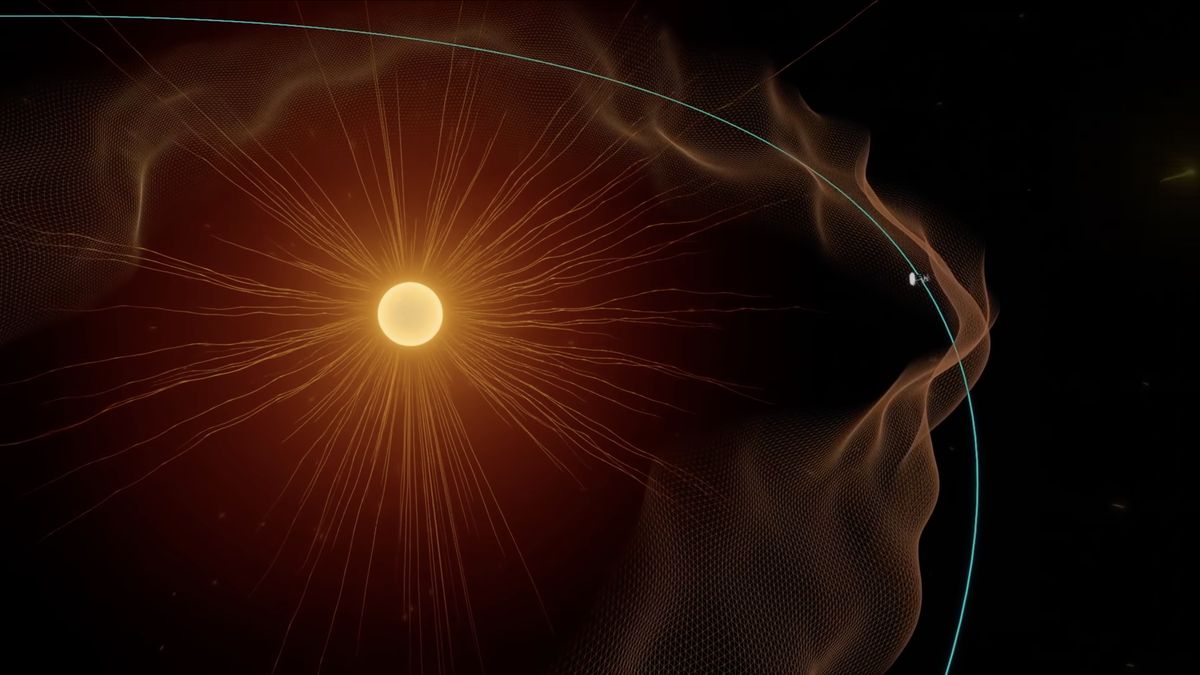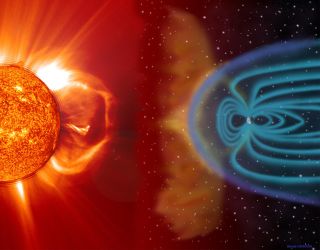Last week, NASA probe entered solar atmosphere! Now we will be able to study the biggest star supporting our solar system.
Decades of research has made it possible for us to witness this milestone! We are a step closer to understanding how the Sun supports life in the solar system, paving way for us to understand it better and study whether we are alone in the universe or is there life beyond us? What to study, what to look for when we search for life outside would be interesting as we progress!
Do you know?
- Unlike Earth, the Sun doesn’t have a solid surface. But it does have a superheated atmosphere, made of solar material bound to the Sun by gravity and magnetic forces.
- As rising heat and pressure push that material away from the Sun, it reaches a point where gravity and magnetic fields are too weak to contain it. That point, known as the Alfvén critical surface, marks the end of the solar atmosphere and beginning of the solar wind.
- What is solar wind? Solar material with the energy to make it across that boundary becomes the solar wind, which drags the magnetic field of the Sun with it as it races across the solar system, to Earth and beyond.
- Beyond the Alfvén critical surface, the solar wind moves so fast that waves within the wind cannot ever travel fast enough to make it back to the Sun – severing their connection.
- What is Sun’s corona? A corona is an aura of plasma that surrounds the Sun and other stars. The Sun’s corona extends millions of miles into outer space and is most easily seen during a total solar eclipse, but it is also observable with a coronagraph

- What is solar cycle? Sun’s 11-year activity cycle is known as the solar cycle.
- What are switchbacks? Switchbacks are the zig zag shaped structures in the solar wind

- Studies revealed that one spot where switchbacks originate is at the photosphere – the visible surface of the sun.
- Earth’s magnetic field acts like a solar wind shedding machine

- Understanding where and how the components of the fast solar wind emerge, and if they’re linked to switchbacks, could help scientists answer a longstanding solar mystery: how the corona is heated to millions of degrees, far hotter than the solar surface below.
Pictures and video source -> NASA.gov
Every piece of information we learn helps us understand our universe better.
